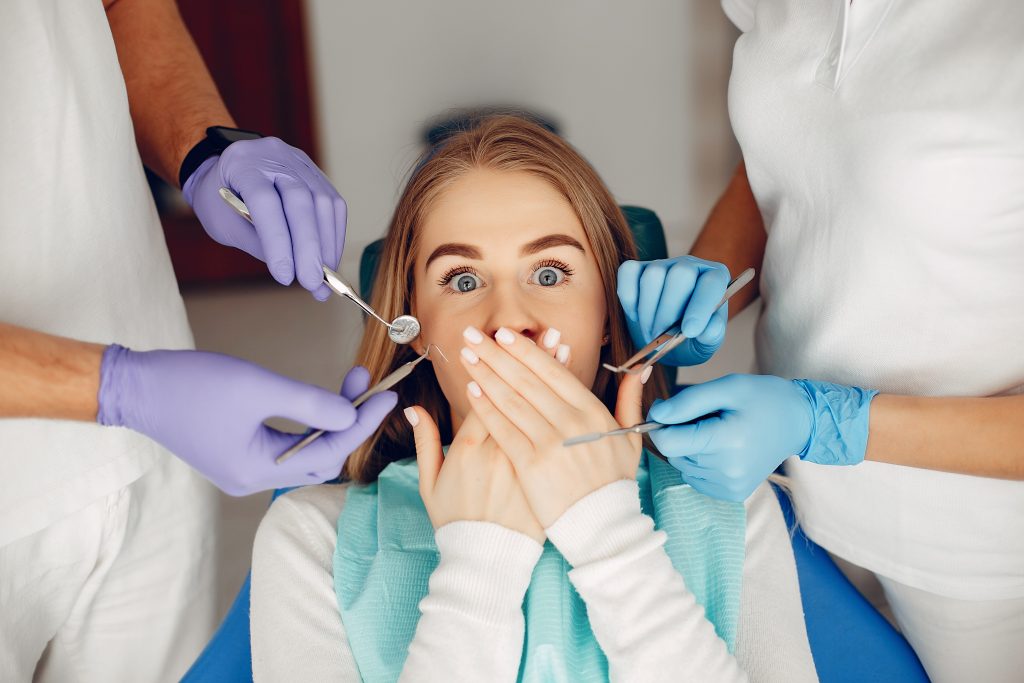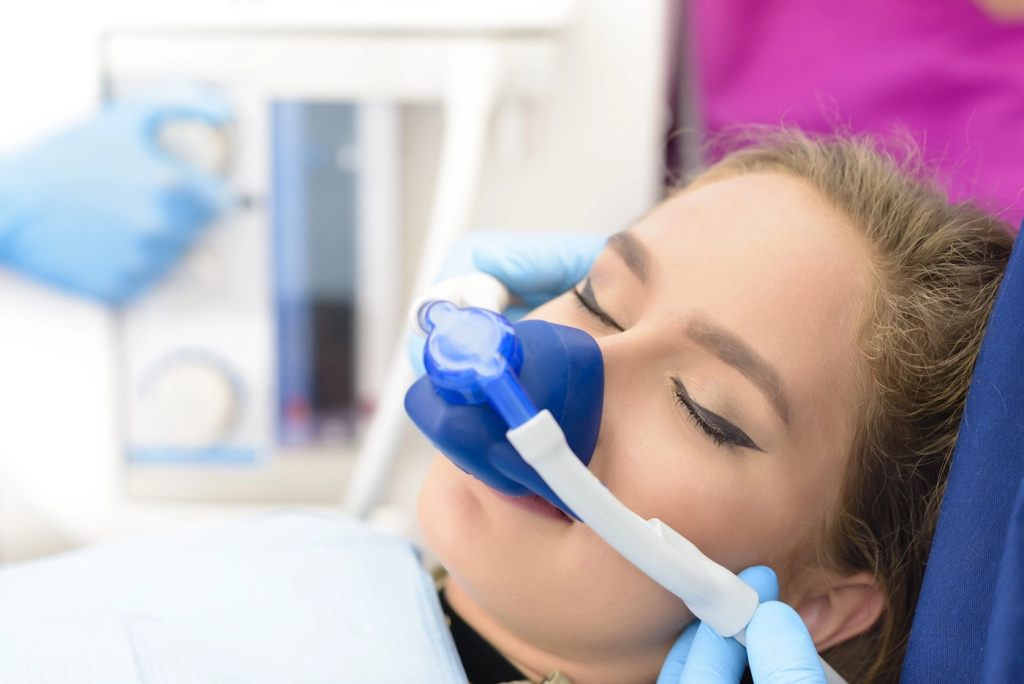Dental Treatment Under General Anesthesia
Dental anxiety is a common issue, and many people avoid dental treatment due to fear and anxiety. However, avoiding dental treatment can lead to severe dental problems, which can be painful and costly in the long term. One solution to this problem is dental treatment under general anesthesia, which can make dental procedures less scaring for patients.
What is General Anesthesia?
General anesthesia is a type of anesthesia that puts the patient into a deep sleep. The patients are completely unconscious and unaware of their surroundings. General anesthesia is typically used for major surgeries or procedures where the patient needs to be completely stay still and relaxed. The anesthesiologist administers the anesthesia through an IV and monitors the patient’s vital signs throughout the procedure.

Dental Treatment Under General Anesthesia
Dental treatment under general anesthesia is a safe and effective way to provide dental care to patients who have severe dental anxiety or a sensitive gag reflex. Some dental procedures can be uncomfortable, and patients who are anxious or have a sensitive gag reflex may find it difficult to tolerate the procedures while staying awake. Dental treatment under general anesthesia can help these patients relax and receive the dental care they need without the fear and anxiety that often accompanies dental procedures.

Benefits of Dental Treatment Under General Anesthesia
Dental treatment under general anesthesia when it is needed has many benefits. Firstly, it can help patients with severe dental anxiety to relax during the procedure. This is especially useful for patients who have had traumatic dental experiences in the past. Dental treatment under general anesthesia can also help patients who have a sensitive gag reflex, making it difficult for them to receive dental treatment while awake. General anesthesia can also be useful for patients who need multiple procedures, as it allows the dentist to complete all the necessary procedures in one session.
Another benefit of dental treatment under general anesthesia is that it can be helpful for children who have dental anxiety or special needs. Children who are anxious or have special needs may find it difficult to sit still and cooperate during dental procedures. Dental treatment under general anesthesia can help these children relax and receive the dental care they need without the stress and anxiety that often accompanies dental procedures.

Risks and Precautions
While dental treatment under general anesthesia is generally safe, there are also some risks involved. Patients may experience side effects such as nausea, vomiting, and dizziness following the procedure. In rare cases, patients may experience a severe allergic reaction to the anesthesia. It’s important for patients to inform their medical history with their dentist before starting dental treatment under general anesthesia. Patients should also make sure they have a responsible adult to accompany them home after the procedure.
Before the procedure, the dental team will perform a thorough medical evaluation to determine if the patient is a good candidate for dental treatment under general anesthesia. Patients with certain medical conditions, such as heart disease or sleep apnea, may not be good candidates for anesthesia. The dental team will also review the patient’s medications and allergies to ensure that the anesthesia is safe for them. To reduce risks, Alfa Dental Center’s experienced dentists will contact with you to gather all information about your medical history.

The Dental Treatment Under General Anesthesia Procedure
Before the procedure, the patient will have a consultation with the dentist to discuss the treatment plan and the risks and benefits of dental treatment under general anesthesia. The patient will also have a medical evaluation to determine if they are a good candidate for anesthesia.
On the day of the procedure, the patient will arrive at the dental office and be taken to the anesthesia room. The anesthesiologist will administer the anesthesia through an IV, and the patient will fall asleep within a few minutes. Then the dental team will begin the dental procedures, which can include anything from a simple cleaning to a more complex restoration.
During the procedure, the dental team will monitor the patient’s vital signs and adjust the anesthesia as needed to ensure that the patient remains asleep and comfortable. After the procedures are complete, the patient will be brought out of anesthesia and taken to a recovery room. The patients will need time to recover, and they may experience drowsiness and confusion for several hours following the procedure.
Recovery and Aftercare
After dental treatment under general anesthesia, patients will need time to recover. Patients may experience drowsiness and confusion for several hours following the procedure. It’s important for patients to rest and avoid any stressful activities until they have fully recovered. Patients should also avoid eating or drinking anything until the anesthesia has removed completely. Patients should follow Alfa Dental Center’s skilled and experienced dentists’ instructions for aftercare to ensure a smooth recovery.
Patients should also have a responsible adult to accompany them home after the procedure. The adult should stay with the patient for several hours after the procedure to ensure that they are safe and comfortable.
Conclusion
Dental treatment under general anesthesia can be a helpful solution for patients with dental anxiety or a sensitive gag reflex. However, it’s important for patients to understand the risks and precautions involved and to follow their dentist’s instructions for aftercare. By choosing dental treatment under general anesthesia, patients can receive the dental care they need without the fear and anxiety that often accompanies dental procedures with Alfa Dental Center. Our dental team will work with the patient to ensure that they are comfortable and safe throughout the procedure, and the patient can leave with a healthier smile.

